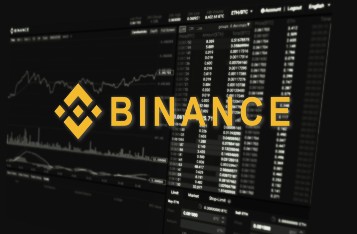Introduction to Bitcoin Scalability
Recent developments in Bitcoin (BTC), such as Ordinals, Inscriptions, BRC-20 tokens, and Runes, have intensified the discussion around Bitcoin’s scalability solutions. As transaction fees have surged from $1.5 in 2022 to $9.5 in 2024, the need for effective scalability solutions has never been more critical, according to Binance Research.
Comparing Bitcoin and Ethereum Layer-2 Solutions
While Ethereum’s Layer-2 (L2) solutions account for approximately 10% of its total value locked (TVL), equating to $45 billion out of its $450 billion valuation, Bitcoin’s L2 solutions lag significantly. Bitcoin, valued at $1.4 trillion, only has around $2 billion in L2 TVL, representing a mere 0.13% of its total value. This disparity highlights the urgency for scalable solutions within the Bitcoin ecosystem.
Key Considerations for Bitcoin Scalability
When evaluating Bitcoin scalability solutions, several key aspects must be taken into account:
- Solving the trustless two-way bridge issue
- Alignment with the Bitcoin base layer
- Potential fork requirements
- Incentive alignment among users, developers, and newcomers
Technological Advancements
Fundamental technologies such as Taproot and BitVM have expanded the potential for new protocols on Bitcoin. Although many of these implementations are still in their nascent stages, they pave the way for innovative solutions to Bitcoin’s scaling challenges.
Bitcoin-Native Projects
Projects like the Lightning Network and RGB are at the forefront of enhancing Bitcoin’s peer-to-peer (P2P) transaction capabilities and introducing smart contract functionalities while maintaining Bitcoin’s integrity. The Lightning Network has seen relative success, whereas RGB is still under development.
Other Scaling Solutions
Beyond native solutions, other scaling options include sidechains and Ethereum Virtual Machine (EVM) Layer 1s that use bridged BTC as the staked asset for securing their chains. However, these solutions often involve centralized components and cannot fully claim Bitcoin’s security attributes.
Zero-Knowledge Rollups
Zero-knowledge rollups have emerged in the Bitcoin L2 landscape, utilizing BitVM for more secure data verification compared to other solutions that only post block data hashes into Bitcoin blocks. These rollups are currently considered to inherit the most Bitcoin security.
The Future of Bitcoin Scalability
As Bitcoin’s expressivity evolves and decentralized finance (DeFi) primitives like stablecoins, money markets, staking, and perpetuals emerge, the significance of Bitcoin L2 solutions will continue to grow. The upcoming months promise substantial developments in this area.
For a detailed technical breakdown, refer to the complete report by Binance Research here.
Image source: Shutterstock
. . .
Tags
Credit: Source link
































